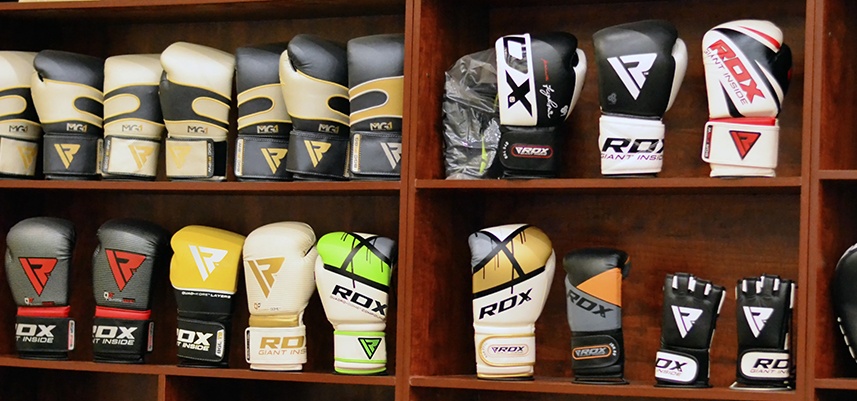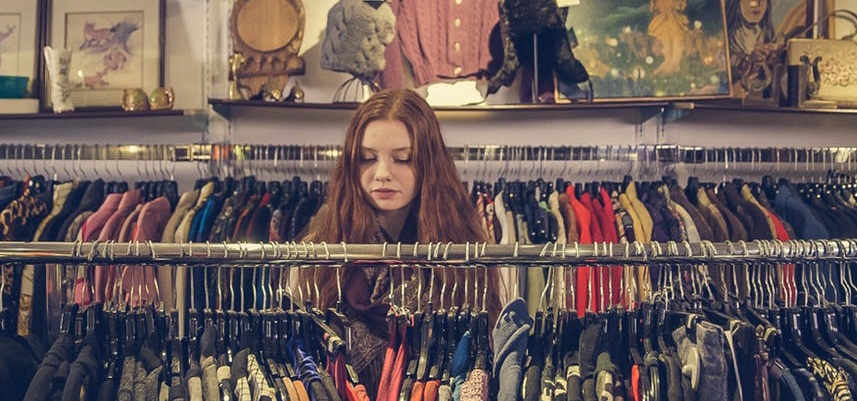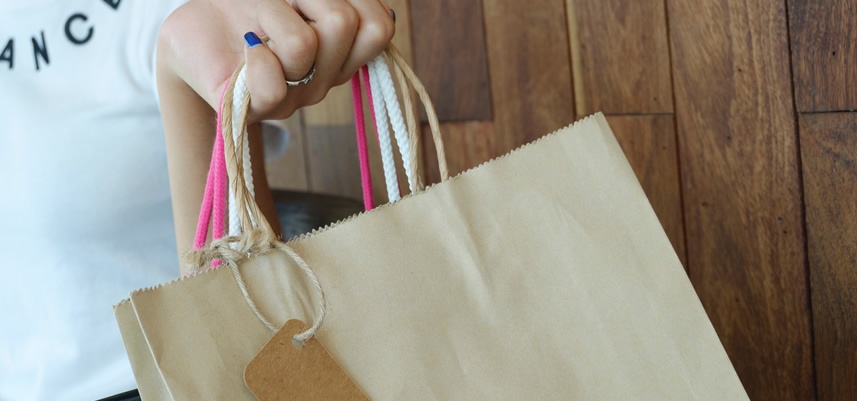Shoplifting in retail business is one of the biggest challenge faced by retailers in regards to their shop security. Each year retail industry is faced with $50 billion for losses incurred as a result of shoplifting and theft.
Merchandise is a retail business’ asset and when someone takes that away without compensating for it, it becomes a loss. This is particularly true for small businesses that do not have unlimited revenue to cater for theft expenses and inventory shrinkage.
No retail business is free from the threat of shoplifting, but small businesses are extremely susceptible to this foul practice. Bigger retail outlets are equipped with appropriate measures such as CCTV and security guards, making it difficult for thieves to lay their hands on closely monitored products. On the other hand, mom and pop shops do not have enough resources for guarding their outlet with a sound security infrastructure. Hence, they make an ideal haven for thieves to shoplift.
Despite using CCTV cameras and other surveillance methods, keeping your retail 100% free from shoplifting is not possible. However, by taking suitable measures, you can greatly reduce the risk of theft in your shop. Following tips can help you identify shoplifters from real consumers, considerably decreasing your shop’s theft expenses.
Understanding The Psyche

Shoplifters exhibit a particular behaviour. The most common days to shoplift are Wednesday to Saturday. Since weekends welcome a large number of customers to shop, shoplifters find these days extremely convenient to lift products. Most of the lifting is done during the afternoon or at lunch break when the staff is busy eating. Summer holidays is also a time that retailers should be wary of store thefts.
Shoplifters Come From All Backgrounds

Usually retailers classify their shoplifters on the basis of gender and race. However, a recent study conducted by University of Florida showed that profiling shoplifters is totally absurd. The research shows that contrary to the common stereotypes men shoplift more than women, and most of the retail thefts are carried out by employed people in middle-age group.
Organize Your Store

Unorganized shop products make it extremely convenient for shoplifters to take away the products. If you are not placing your products in the right places or are unsure which products sell the most, and which products are out of demand, then you will not become aware if your items are being taken away. To keep yourself informed about the quantity of your items and to decrease the risk of theft, it’s best for you to organize your merchandize.
Bond With Your Customers

Loyal customers are your biggest asset. Not only they bring you long-term benefits but also help you grow your business and goodwill. Maintaining good relationship with your customers makes them avoid shoplifting from you. Moreover, your loyal customers are likely to report any suspicious activity in your shop, making it easier for you to identify your thieves.
Bond With Employees

You should also try to bond as much as with your employees. Build strong connection with your workforce, letting them know that their work is valued. This will not only help you curb shoplifting but will also reduce the risk of internal theft. According to a study, more than 75 percent of employees admit to have stolen from their employer at least once.
If the work environment in your retail is engaging and employees feel that they are regarded for their services, they’ll be happier to work for you. This in turn would reduce most of unpleasing activities such as internal theft.
Look Out For Time Passers

A bunch of friends who really have no intention of buying a product are a worst visitor a store can get. With so many free hands and minds, there can be much going on that can cause a lot of the trouble to the retail owner. Therefore, you should pay close attention to loiterers who hang around in the shop with no real intention of buying a product.
Train Your Employees

A well-guarded shop is always most difficult to lift from. Train your employees to constantly monitor the products and aisles, so that your customers are aware that their every move is under observation. This would greatly reduce the risk of theft in your retail.


